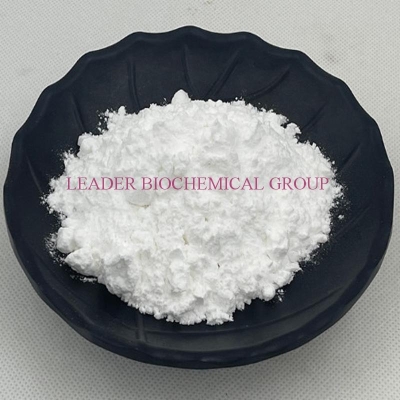-
Categories
-
Pharmaceutical Intermediates
-
Active Pharmaceutical Ingredients
-
Food Additives
- Industrial Coatings
- Agrochemicals
- Dyes and Pigments
- Surfactant
- Flavors and Fragrances
- Chemical Reagents
- Catalyst and Auxiliary
- Natural Products
- Inorganic Chemistry
-
Organic Chemistry
-
Biochemical Engineering
- Analytical Chemistry
-
Cosmetic Ingredient
- Water Treatment Chemical
-
Pharmaceutical Intermediates
Promotion
ECHEMI Mall
Wholesale
Weekly Price
Exhibition
News
-
Trade Service
Validamine is a synthetic compound that is commonly used in the chemical industry for various purposes.
It is an amine-based compound that is synthesized through a series of chemical reactions.
There are several synthetic routes that can be used to synthesize Validamine, each with its own advantages and disadvantages.
One of the most common synthetic routes for Validamine involves the reaction of chloroacetamide with malonic acid in the presence of a strong acid catalyst.
This reaction results in the formation of N-methyl-N-nitrosourea, which can be further transformed into Validamine through a series of chemical reactions.
This route is relatively simple and involves the use of inexpensive and readily available starting materials.
However, it requires the use of hazardous chemicals and is associated with some environmental concerns.
Another synthetic route for Validamine involves the reaction of sodium nitrite with formaldehyde in the presence of an acid catalyst.
This reaction results in the formation of N-methyl-N-nitrosoguanidine, which can be further transformed into Validamine through a series of chemical reactions.
This route is also reasonably simple and involves the use of inexpensive and readily available starting materials.
However, it also requires the use of hazardous chemicals and is associated with some environmental concerns.
A more recent synthetic route for Validamine involves the use of a greener and more sustainable approach.
This involves the reaction of ammonia and nitric acid in the presence of a homogeneous catalyst to form N-methylnitrosoamine.
This compound can then be transformed into Validamine through a series of chemical reactions.
This route is considered to be a more sustainable approach as it does not involve the use of hazardous chemicals and is associated with fewer environmental concerns.
However, it is also more complex and requires the use of specialized equipment and reagents.
Overall, there are several synthetic routes that can be used to synthesize Validamine, each with its own advantages and disadvantages.
The choice of synthetic route depends on a variety of factors, including the availability and cost of starting materials, the desired yield and purity of the final product, and the environmental and safety considerations associated with the synthetic process.
The synthetic routes for Validamine may continue to evolve as new and more sustainable approaches are developed in the future.







